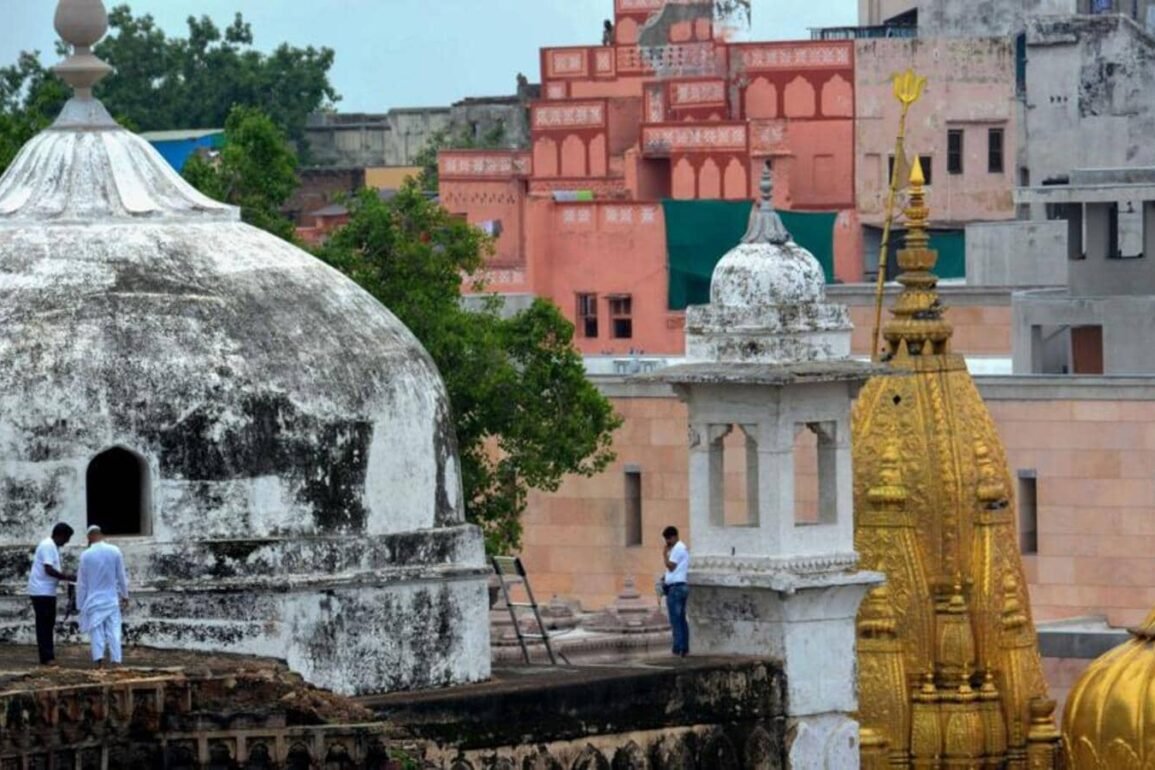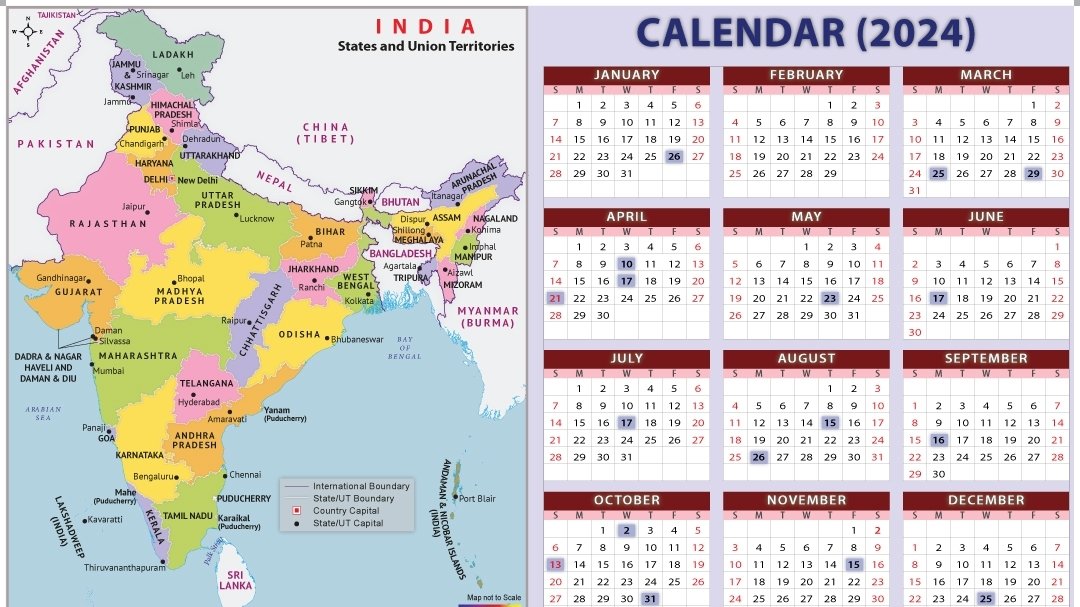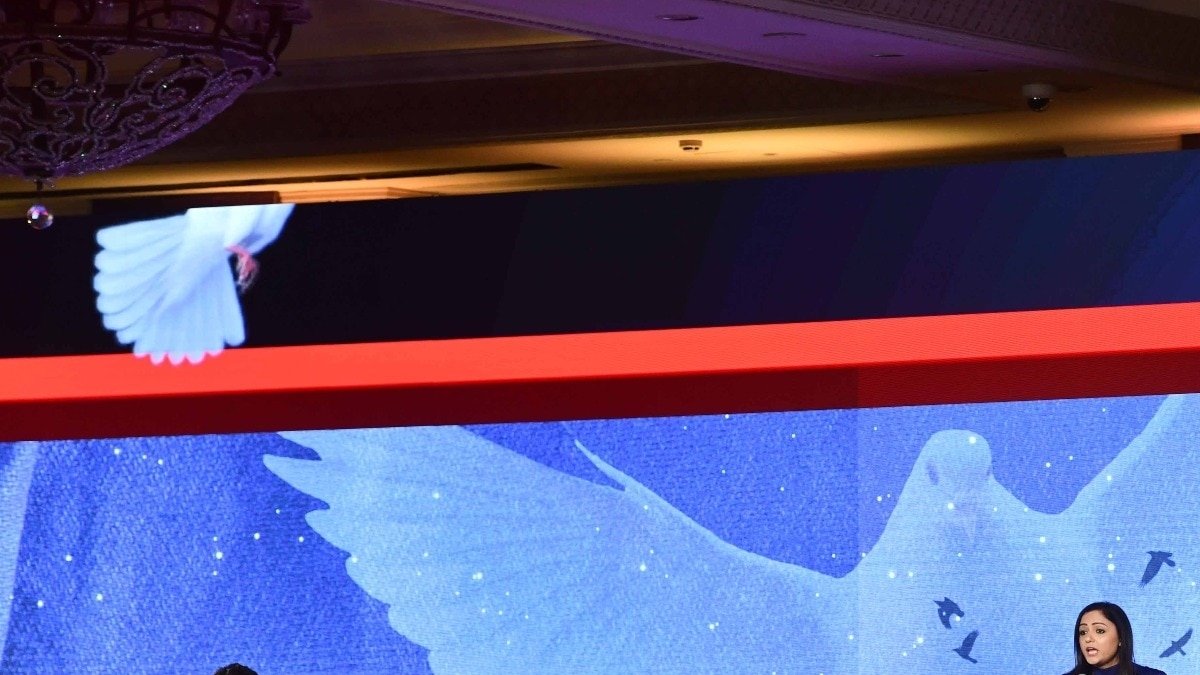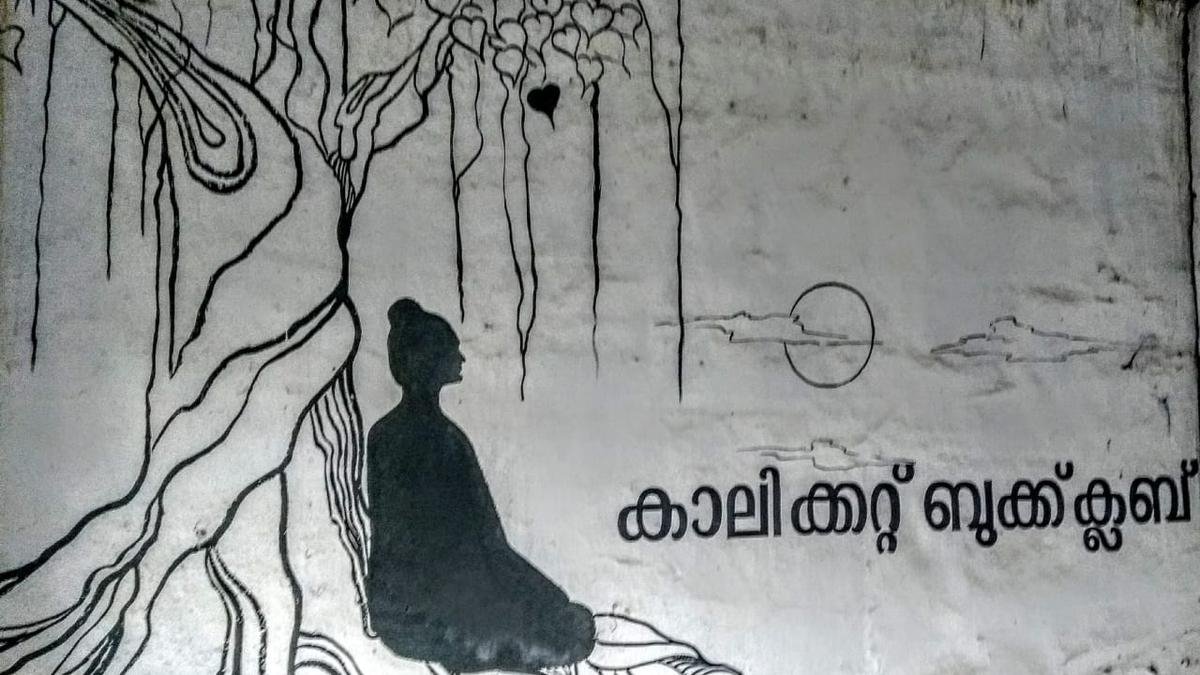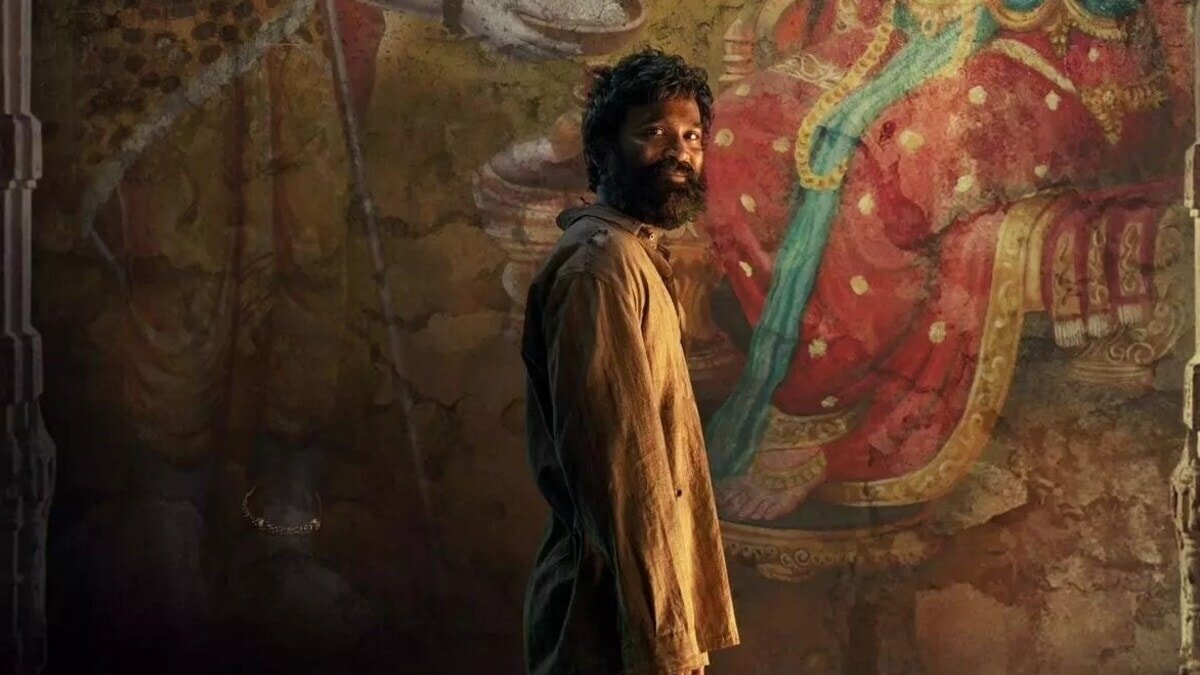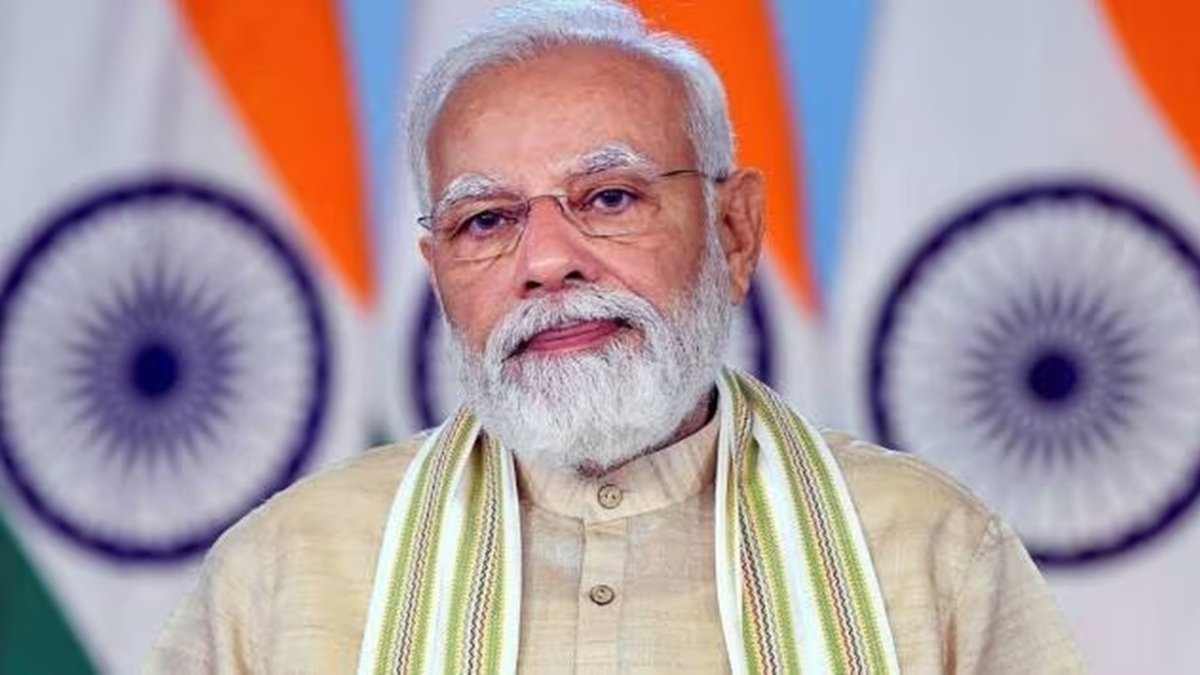Indian ASI Reports Existence of Hindu Temple Before Construction of Mosque
The Archaeological Survey of India (ASI) has reported that a large Hindu temple existed prior to the construction of the Gyanvapi Masjid in Varanasi. These findings, hinged on a complex and historically fraught community conflict, could have wide-reaching implications. A civil suit filed in 2021 about this dispute is pending in court.
The Path Leading to the Report
In April 2022, a civil court called for a survey of the complex, causing uproar and protests. The survey was ultimately completed in May, albeit not without controversy. The Hindu community claimed a Shivling, a symbolic representation of the god Shiva, was found during the exercise. This claim was disputed by the Muslim community, who argued that the find was a ceremonial ablution fountain. The civil court secured the complex for the duration of the controversy.
In July, the Varanasi district court ordered a thorough survey of the mosque by ASI to determine if it was constructed over an existing temple, emphasizing the need for a scientific investigation to unearth the truth. The section under dispute remained sealed under the Supreme Court’s orders from May 2022. The ASI submitted its report later in December, unveiling its findings in January via Vishnu Shankar Jain, the legal representative of four Hindu women plaintiffs seeking regular worship rights within the mosque complex.
Report Findings
Upon examining the current structures and artefacts found on site, the ASI report concluded that “a large Hindu temple existed prior to the construction of the Gyanvapi mosque” in the 17th century. The ASI employed advanced technologies such as ground penetrating radar (GPR), differential global positioning systems (DGPS), and dating methods for the survey. These tools provided insight into what lies beneath the ground, improved location data accuracy, and helped calculate the age of ancient objects respectively.
Key Findings Reliant on Architectural Aspects
The ASI report cited several architectural aspects to support its conclusions:
- Western Wall and Western Chamber: According to the report, architectural remains and decorated mouldings suggested that the western wall is part of an earlier Hindu temple.
- Pillars and Pilasters: The report mentioned that parts of the earlier temple, such as pillars and pilasters, had been reused with slight modifications in the existing structure.
- Inscriptions: The ASI relied heavily on inscriptions found on the existing and pre-existing structures. Numerous Sanskrit and Dravidian inscriptions suggested destruction and reutilization of the earlier structures in later construction or repair.
- Marks: The report also referred to marks found on the structure, such as the ‘swastika’ and the ‘trishula’ – the ancient auspicious symbols in Hinduism, associated with good fortune and the weapon of Lord Shiva respectively.
- Sculptural Remains in Cellars: Architectural members and deities’ sculptures were found buried in the cellars built for creating additional space for prayers.
The report suggested that the pre-existing temple had a large central chamber surrounded by four other chambers. Parts of the earlier temple were used in the existing structure, with unsuitable animal figures removed and replaced with floral designs.
Assessing the Importance of the ASI Report
In reviewing the Ayodhya judgment of 2019 by a five-judge bench, light can be shed on the significance of an ASI report during a trial. This case also concerned a dispute over a construction on top of a pre-existing structure. Here, the ASI report concluded a Hindu religious structure existed before the mosque. Nevertheless, it did not confirm whether the earlier structure was demolished to build Babri Masjid. The Supreme Court reflected on this, highlighting that expert opinions must be evaluated by the court as they are not in and of themselves conclusive evidences.
An Expanded Report
The ASI report for the Gyanvapi case takes a step further than that of the Ayodhya case. It not only concludes that a Hindu temple existed before the mosque’s construction, but also asserts that parts of the pre-existing temple were incorporated into the current structure. As an expert opinion, this report will undergo scrutiny during the trial. However, it offers a strong scientific view supporting the Hindu community’s claim, becoming a vital piece of document for the dispute. As the report becomes public, managing this sensitive issue becomes an even more intricate task for the trial court.




